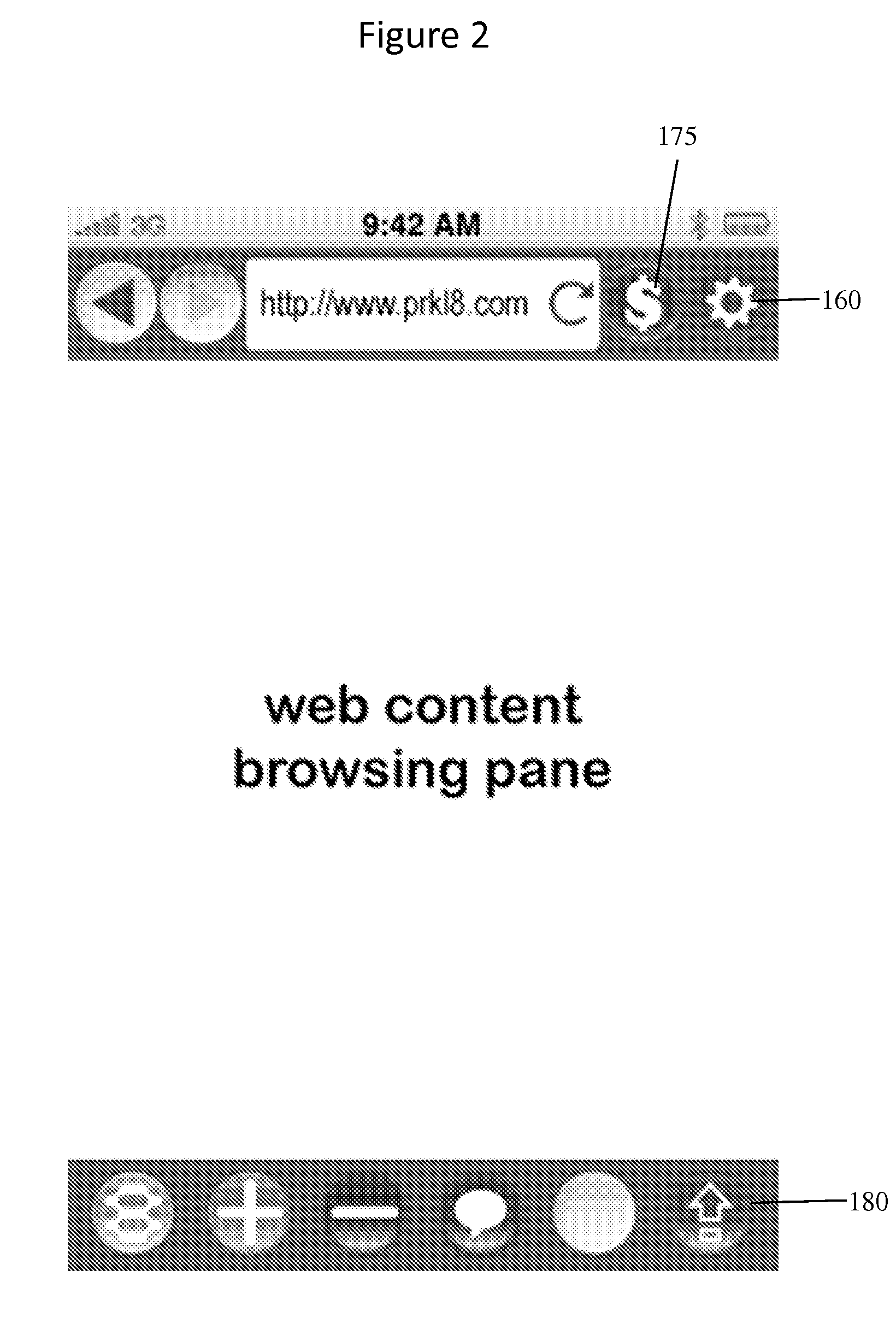Weaknesses in current approaches and tools include costs, speed, complexity, insufficient psychographic data, ineffective rewards, copyright /
trademark infringement, lack of incorporation of social networking, and lack of optimization for mobile devices.
Prior art survey approaches are expensive because they require experts to design the survey and decide whom to target, and require a contract with an existing respondent
pool or a recruitment effort to get sufficient respondents.
Across current methods, administration costs still increase roughly in-line with the number of respondents required.
In-person administration has high costs per potential respondent contacted.
While self-administered methods tend to be substantially cheaper per potential respondent contacted than in-person, phone, or
hybrid methods, they also have substantially lower conversion rates—forcing a much larger number of potential respondents to be contacted to achieve statistically significant response rates.
By phone recruitment is also slow and requires many potential respondents to be contacted for each completed survey.
Self-administration—in all forms—has an even lower response rate from all potential respondents contacted than supervised methods, and is prone to unpredictable delays in completion for those respondents who do complete the surveys.
Survey design can be complex and difficult, requiring expert assistance.
However, even when the survey design is very simple, administering surveys in a supervised context without substantially biasing responses requires domain-specific expertise.
These deeper demographic details may be important for a particular survey, but are unlikely to be broadly useful in recruitment for or analysis of future surveys.
However, it is usually only collected in a tightly focused area specific to the survey administered.
The usual limitation on its collection is that longer surveys tend to have correspondingly lower response rates.
Prior art enticements and rewards tend to be non-dynamic and potentially biasing.
When enticements are non-generic (i.e.—an item or service from an identifiable brand), they risk biasing the survey—both in terms of influencing who will agree to take the surveys and what opinions they might have regarding the brand of the gift or related brands.
When enticements are non-uniform, the
mechanics of the administration become more complex and the costs per response with current methods tend to rise because more experienced administrators are required for supervised administration methods and more complex automated systems are required for current
hybrid and self-administered methods.
However, uniform enticements miss out on opportunities to adjust incentives based on potential or actual respondents matching targeted criteria.
Usage of such content without permission in a printed survey can lead to objections from rights holders.
Framing (i.e.—the inclusion of external content within a
web page such that standard browsers render both the page content and the external content together) is less clearly allowed, with one court finding that framing was a
copyright infringement because the process resulted in an unauthorized modification of the linked site.
So, inclusion of external, rights-protected content in a web survey either via framing or inlining is likely to raise objections from the rights holders.
As such, web-based survey administration tools which use
web page UI elements (buttons, fields, etc) to collect responses are likely to raise objection when the survey items include trademarked or copyrighted images or phrases included either via framing or inlining.
However, providing a survey—whether printed or in web form—that has links to external sites, where the rights-protected content can be viewed in its original form, should not require any prior permission and is unlikely to raise objections.
While unlikely to be infringing, this makes taking the survey much more cumbersome, requiring the respondent to enter URLs or click back and forth between the external content and the page where their response is collected.
Taken together, the preceding limitations make constructing printed or web-based surveys collecting responses on icons, web sites or slogans from competing brands likely to be either potentially objectionable or unduly cumbersome.
Current survey administration systems do not use social networking and media tools as well as they could.
Most current approaches do not use these tools at all.
Current survey administration systems are not optimized for participation via mobile devices.
While there have been methods described involving combinations of broadcast media (radio, TV) to send the questions out with mobile phones and or
text messaging devices used by respondents to send their responses back, these require all respondents to be watching or listening to the questions at the same time—a requirement that limits the potential respondent
pool dramatically.
However, confining surveys to questions that can be delivered as text messages is substantially limiting, preventing questions involving images, for example.
While some web-based self-administered surveys can be taken via web-enabled mobile devices, the
small form factor and limited
user input methods common to these devices make taking these surveys substantially more cumbersome, driving response rates on these surveys for mobile users much lower.
While many mobile devices are capable of receiving “push notifications” (e.g.—email, text messages, alerts), these are not being used by current survey administration systems to make targeted users aware of newly available surveys they are likely to be interested in taking.
 Login to View More
Login to View More  Login to View More
Login to View More 


